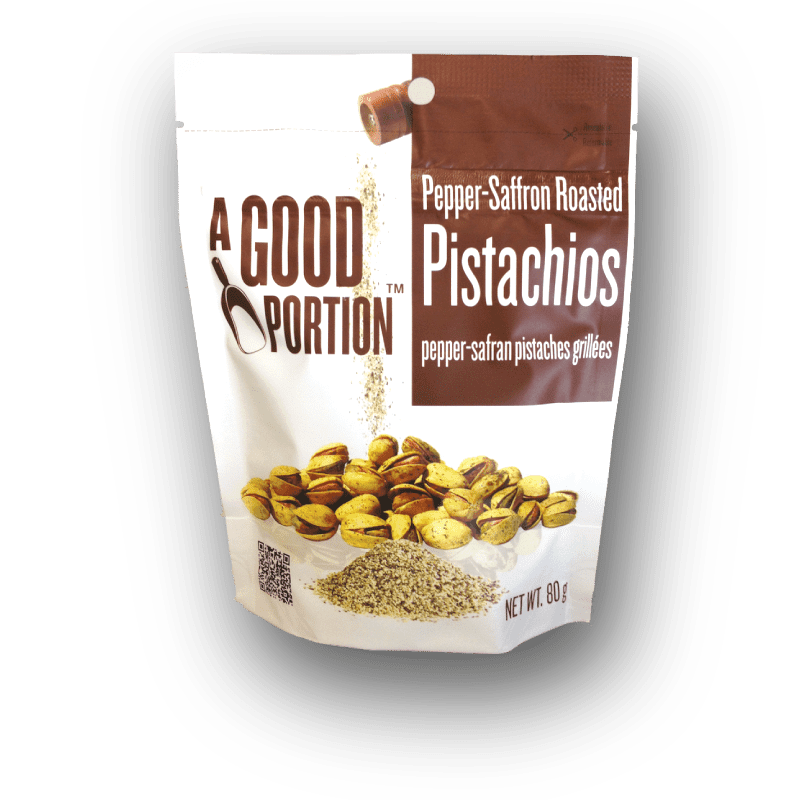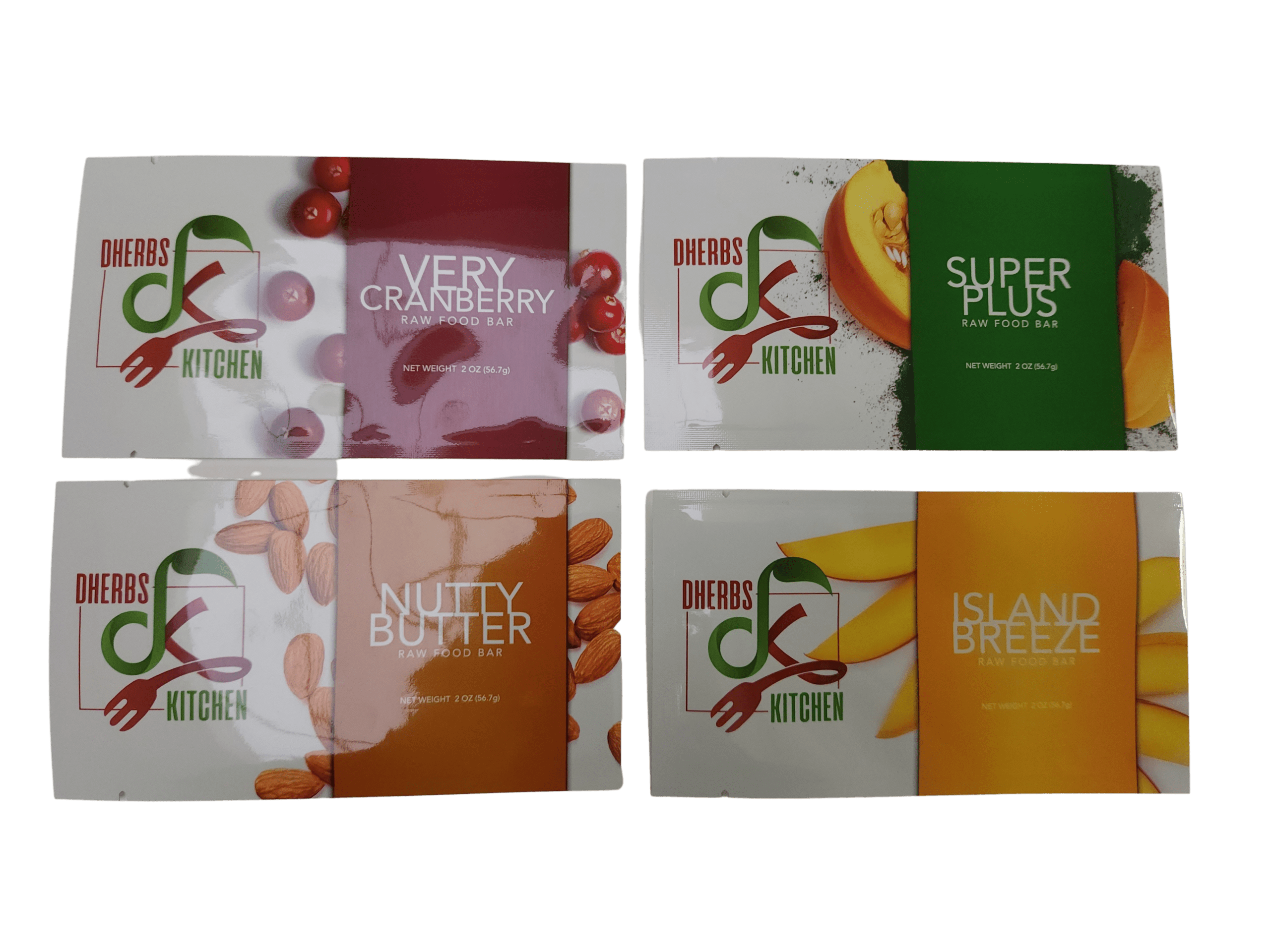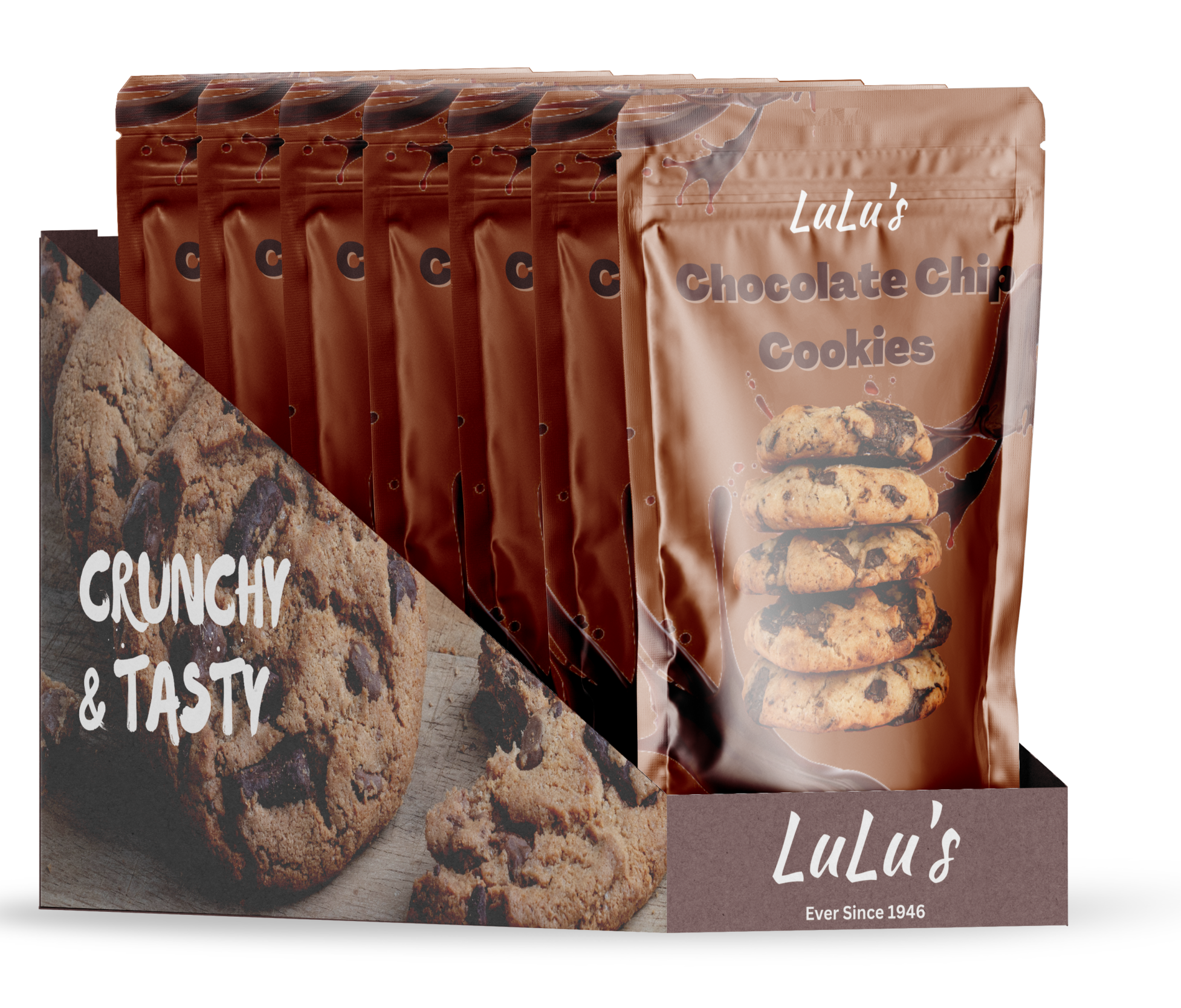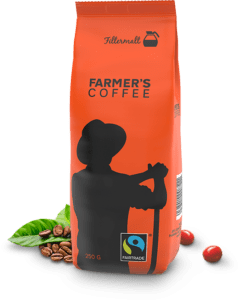Home » Innovative Materials Shaping the Future of Flexible Packaging
Innovative Materials Shaping the Future of Flexible Packaging

Flexible packaging is in the throes of a revolution, with several innovative materials surfacing that promise to change the landscape of the industry. Traditionally, flexible packaging has relied on materials such as plastic and paper. However, environmental considerations, as well as advancements in materials science, are ushering in a new era of flexible packaging options. Let’s delve into the cutting-edge materials that are steering the future of flexible packaging.
Biodegradable and Compostable Films
Consumer awareness and regulatory pressures are pushing the packaging industry towards environmentally friendly alternatives. One such innovative material is biodegradable and compostable films, made from bio-based polymers such as Polyactic Acid (PLA) and Polycaprolactone (PCL). These materials, derived from renewable sources like cornstarch, sugarcane, or potatoes, degrade naturally over time, significantly reducing their environmental footprint. The challenge lies in their production cost and durability, which scientists are tirelessly working to improve.
Edible Packaging Materials
The concept of edible packaging has piqued the interest of consumers and industry experts alike. It offers a zero-waste solution to packaging, where the packaging material itself can be consumed or composted. Innovations include films made from seaweed, proteins, lipids, and polysaccharides. One standout example is Notpla, a London-based start-up, which developed an edible packaging material from seaweed extract. These materials are safe for consumption and significantly lower the volume of waste generated.
Nanotechnology in Packaging
Nanotechnology is making substantial inroads into the packaging industry, thanks to its potential to improve material properties. Nanocomposites, made by incorporating nanoparticles into traditional polymers, can improve the barrier properties, strength, and heat resistance of packaging materials. Additionally, nano sensors embedded in the packaging material can detect food spoilage and alert consumers, adding an extra layer of safety to food packaging. However, regulations governing the use of nanomaterials in packaging are still under development, which can affect their widespread adoption.
Smart Packaging Materials
Smart packaging materials can interact with the product or the environment to extend the product’s shelf life, enhance safety, and improve consumer convenience. These materials include oxygen scavengers, moisture absorbers, and temperature indicators. Intelligent films that change color when exposed to microbial contamination or when the product is past its ‘use by’ date are already being used in food packaging. The field of smart packaging materials is rapidly expanding, driven by advancements in sensor technology and data analytics.
Recycled and Recyclable Materials
The use of recycled and recyclable materials in flexible packaging is gaining momentum. Recyclable mono-materials, which are made from a single type of polymer, are easier to recycle compared to multi-layered materials. These mono-materials can maintain the same performance characteristics as traditional packaging materials while reducing the environmental impact. Initiatives like the Circular Economy for Flexible Packaging (CEFLEX) are working towards advancing the circular economy model for flexible packaging, emphasizing the use of recycled and recyclable materials.
Final Thoughts: Flexible Packaging Innovations
The flexible packaging industry is poised for a significant transformation. Driven by environmental concerns, technological advancements, and consumer demand, these innovative materials are rapidly reshaping the industry. However, many of these materials are still in their developmental stages or facing regulatory hurdles. The challenge lies in finding a balance between performance, cost, sustainability, and consumer acceptance. Despite these hurdles, the future of flexible packaging looks brighter and more sustainable than ever before.
In today’s competitive market, packaging affordability doesn’t start with cheaper materials — it starts with smarter design. Every score, fold, and insert decision affects not
Every brand is feeling the squeeze — higher raw material costs, volatile freight rates, and a consumer base more price-conscious than ever. But cutting packaging
Corrugated board comes in multiple flute sizes and wall grades, each designed to balance strength, weight, and cost. Selecting the wrong grade can lead to
Home » Innovative Materials Shaping the Future of Flexible Packaging

In the diverse landscape of modern packaging, digital printed pouches stand out for their versatility and effectiveness. Offering a blend of functionality and aesthetic appeal,

Flexible packaging is a dynamic and growing market that has revolutionized the packaging industry. From snack foods to pharmaceuticals, flexible packaging offers lightweight, cost-effective, and

In a fiercely competitive retail landscape, brands strive to ensure their products stand out on the shelves. And one powerful tool they leverage is packaging.


